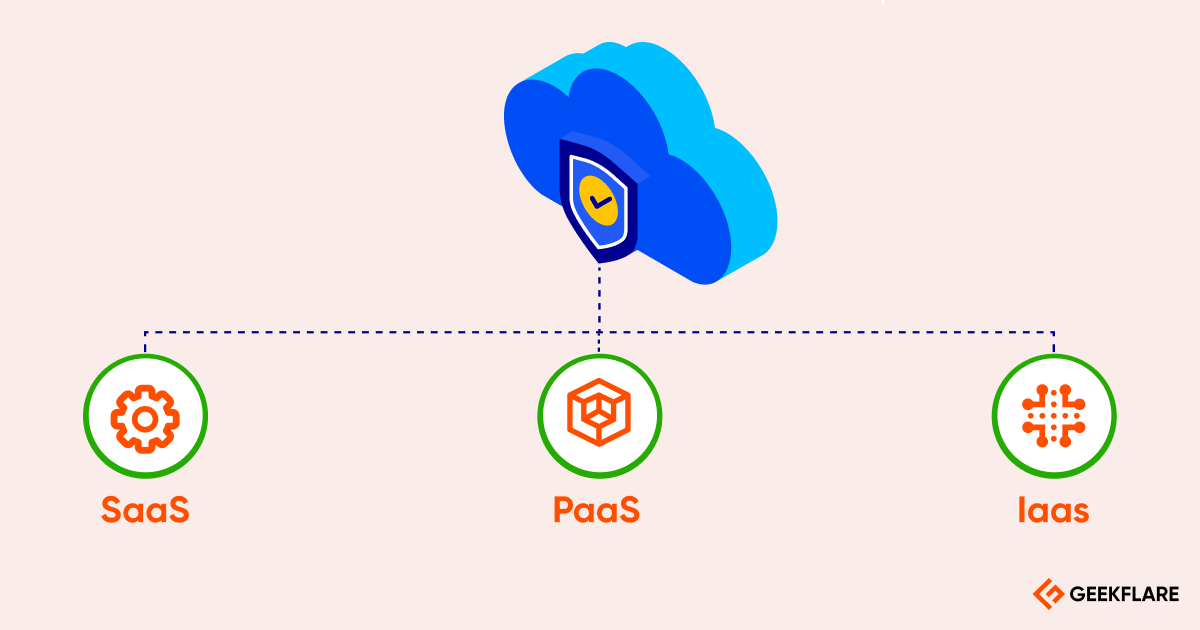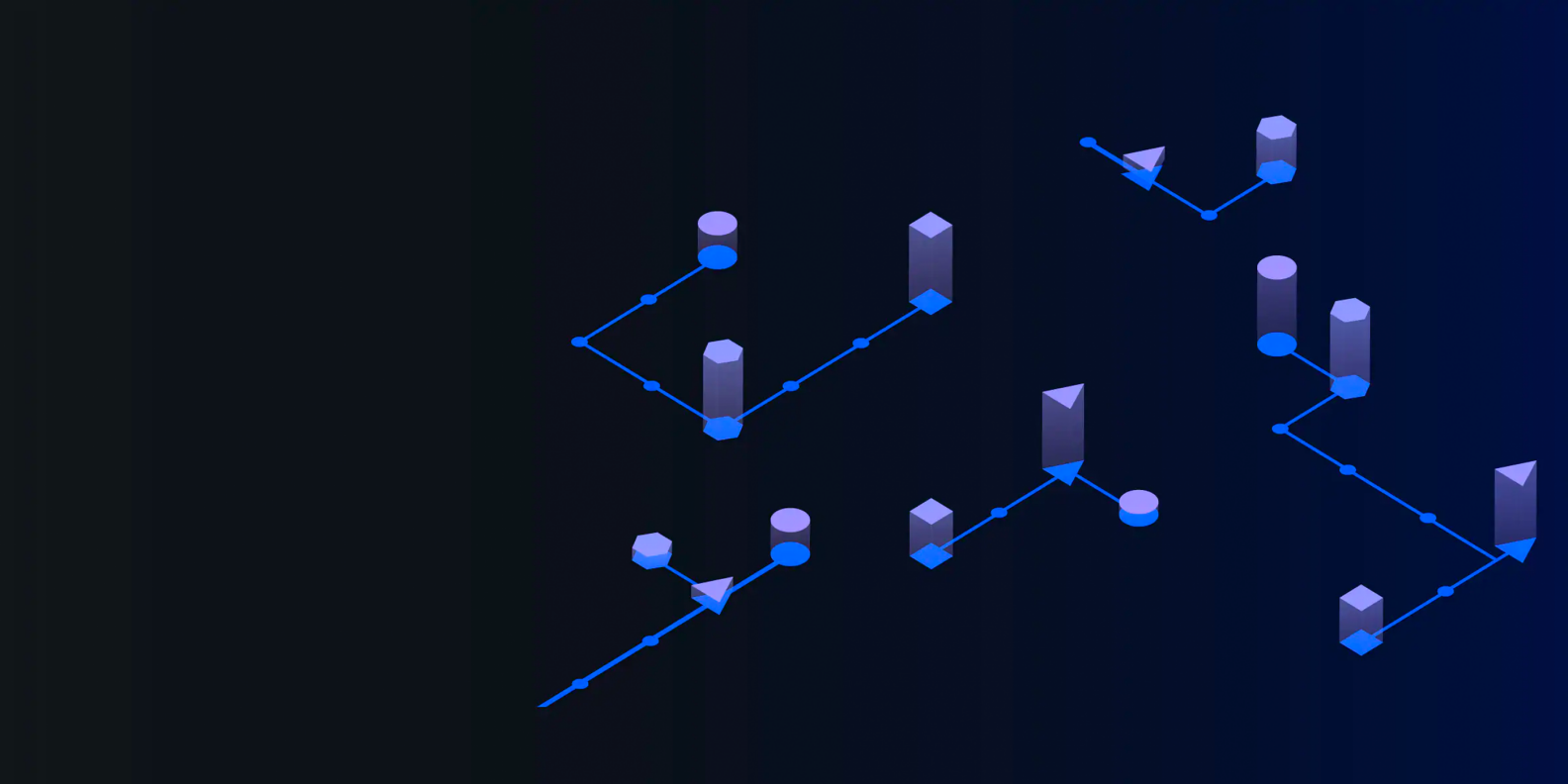At a time when agility and innovation are the keys to success, companies must rethink their digital infrastructures to meet ever-increasing demands. Traditional virtual desktop solutions (VDI) have indeed enabled a rise in mobility and collaboration, but they are now facing challenges in keeping up with the rapidly evolving needs of users. In this constantly changing context, Desktop as a Service (DaaS) emerges as a pertinent response, offering flexibility, security, and scalability. It is time to ask: how can DaaS transform the user experience while addressing the complex challenges of the modern professional landscape?
Table of Contents
ToggleEvolving solutions

Traditional virtual desktop infrastructures (VDI) often rely on centralized servers and complex systems, which do not meet the growing and diverse needs of contemporary businesses. As the business world evolves rapidly, organizations are desperately seeking more agile and cost-effective alternatives, and this is where Desktop as a Service (DaaS) comes into play.
Over the years, DaaS solutions have emerged to provide simplified and rapid access to virtual work environments. By leveraging the cloud, these solutions allow for increased flexibility, better security, and cost reduction, while addressing the complexity of modern requirements.
Limitations of traditional VDIs
Although VDIs have been a lifeline for many companies, they have a series of drawbacks:
- High costs: Outdated hardware and server management can incur substantial expenses.
- Management difficulty: Administrators often struggle to manage dispersed resources.
- Performance issues: Slowness can hinder employee productivity.
These limitations lead companies to consider more modern and suitable solutions for their structure.
Undeniable advantages of DaaS
Cloud-based alternatives, such as DaaS, offer significant benefits:
- Scalability: Adjust resources according to needs, without infrastructure overload.
- Enhanced security: Access to advanced encryption and access control features.
- Simplified maintenance: Less time spent managing complex systems.
- Ubiquitous access: Connectivity from any internet-connected device.
These advantages make DaaS a preferred choice for future-oriented companies.
A new era for businesses
With the increasing adoption of remote work, the need for an adaptable virtual desktop solution becomes a priority. Organizations that adopt DaaS can benefit from a more flexible and efficient working environment, capable of supporting both on-site and remote employees.
Those who choose to embrace this new era of flexibility will be better equipped to tackle the challenges of a constantly evolving market.
Comparison between DaaS and traditional VDI
| DaaS | Traditional VDI |
| Increased flexibility | Rigidity in infrastructure |
| Reduced costs | High expenses |
| Ease of access | Limited access |
| Simplified updates | Complex updates |
It is clear that modern businesses can no longer afford to cling to outdated solutions. DaaS represents the future and offers them the freedom to evolve in a dynamic market.
On the latest episode of World of DaaS @SubstackInc CEO @cjgbest talks about the attention economy, free speech and *clutches pearls* the limitations of being too data-driven. Don't miss it! https://t.co/yIQXYrPlPI
— World of DaaS (@worldofdaas) July 16, 2024









